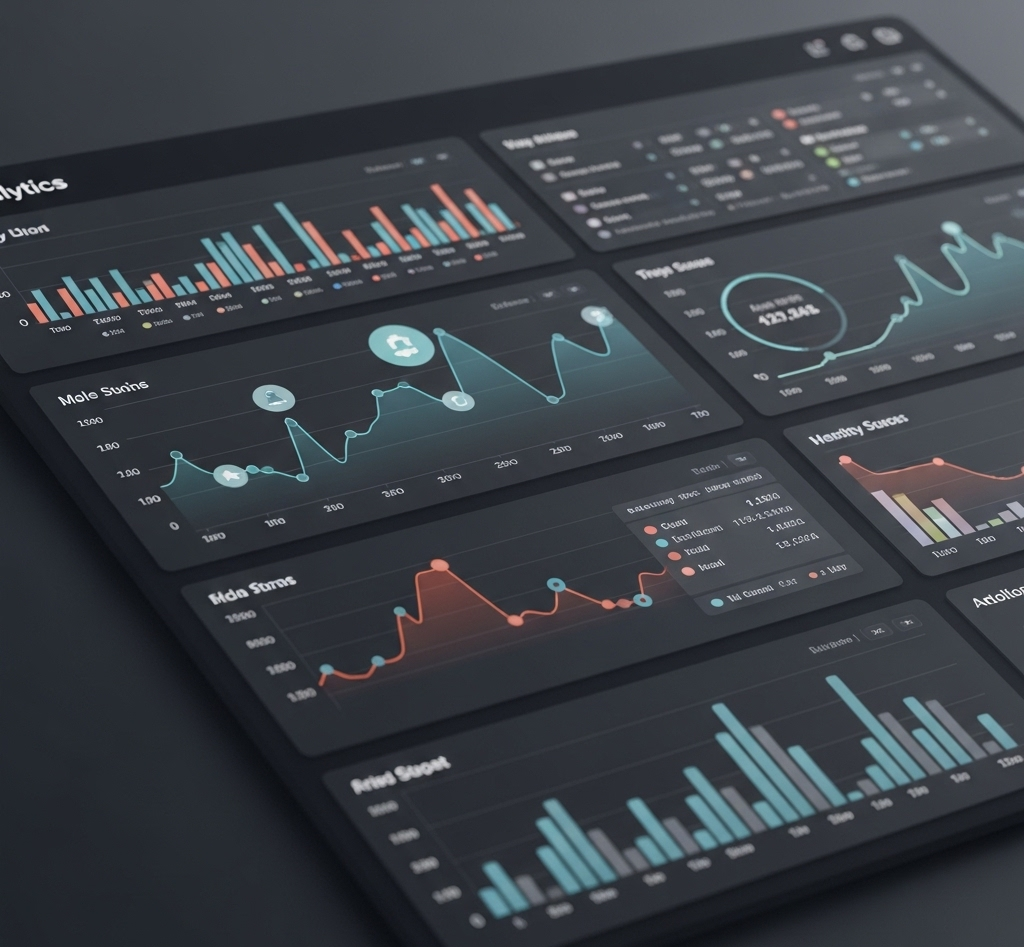
Supplier management dashboards have emerged as powerful tools for tracking performance metrics, enabling organizations to optimize their supply chain operations. By consolidating key data into a single, visually intuitive interface, these dashboards provide actionable insights that drive efficiency, accountability, and collaboration. In this blog post, we’ll explore the importance of tracking performance metrics and how supplier management dashboards can transform your supply chain strategy.
Monitoring supplier performance metrics is essential for ensuring quality, reliability, and cost-effectiveness in your supply chain. Key reasons include:
Improved Decision-Making: Metrics provide data-driven insights, allowing businesses to identify top-performing suppliers and address underperformance promptly.
Risk Mitigation: Tracking metrics like delivery times and defect rates helps identify potential risks before they escalate into costly disruptions.
Cost Optimization: By analyzing metrics such as pricing trends and order accuracy, organizations can negotiate better terms and reduce operational costs.
Enhanced Collaboration: Transparent performance data fosters trust and strengthens partnerships with suppliers.
A well-designed supplier management dashboard should focus on metrics that align with your business goals. Common metrics include:
On-Time Delivery Rate: Measures the percentage of orders delivered on or before the promised date. A high on-time delivery rate indicates reliable suppliers.
Quality Metrics: Tracks defect rates, return rates, or compliance with quality standards to ensure products meet expectations.
Cost Performance: Monitors supplier pricing, discounts, and total cost of ownership to identify cost-saving opportunities.
Order Accuracy: Evaluates how often suppliers deliver the correct items and quantities, reducing errors and delays.
Supplier Responsiveness: Measures how quickly suppliers respond to inquiries or resolve issues, reflecting their commitment to partnership.
Compliance and Risk Metrics: Tracks adherence to regulatory requirements, certifications, or sustainability standards to minimize risks.
Supplier management dashboards bring these metrics to life through real-time data visualization and analytics. Here’s how they add value:
Centralized Data Access: Dashboards aggregate data from multiple sources, such as ERP systems, procurement software, and supplier portals, into a single view.
Real-Time Insights: Live updates enable businesses to react quickly to performance trends or issues, such as delayed shipments or quality concerns.
Customizable Views: Dashboards can be tailored to display metrics relevant to specific roles, such as procurement managers or quality assurance teams.
Performance Benchmarking: Compare supplier performance against industry standards or internal KPIs to identify areas for improvement.
Predictive Analytics: Advanced dashboards use AI to forecast trends, such as potential supply chain disruptions, based on historical data.
To maximize the impact of supplier management dashboards, consider these best practices:
Define Clear Objectives: Align dashboard metrics with your organization’s strategic goals, such as reducing costs or improving supplier reliability.
Choose the Right Tools: Select a dashboard platform that integrates seamlessly with your existing systems, such as Tableau or Microsoft Power BI.
Ensure Data Accuracy: Regularly validate and clean data to maintain the integrity of your metrics.
Involve Stakeholders: Engage procurement teams, suppliers, and other stakeholders to ensure the dashboard meets their needs.
Regularly Review and Update: Continuously refine your dashboard to reflect changing business priorities or new performance metrics.
Supplier management dashboards are indispensable for businesses looking to optimize their supply chain performance. By tracking key metrics like on-time delivery, quality, and cost performance, these dashboards empower organizations to make informed decisions, mitigate risks, and foster stronger supplier relationships. Implementing a dashboard with clear objectives, robust tools, and stakeholder input can unlock significant efficiencies and drive long-term success.
© 2025 Lasso Supply Chain Software LLC
Get instant access to our report on the Top Procurement Trends of 2025 by filling out the form below.

Get instant access to our report on the Top Procurement Trends of 2025.